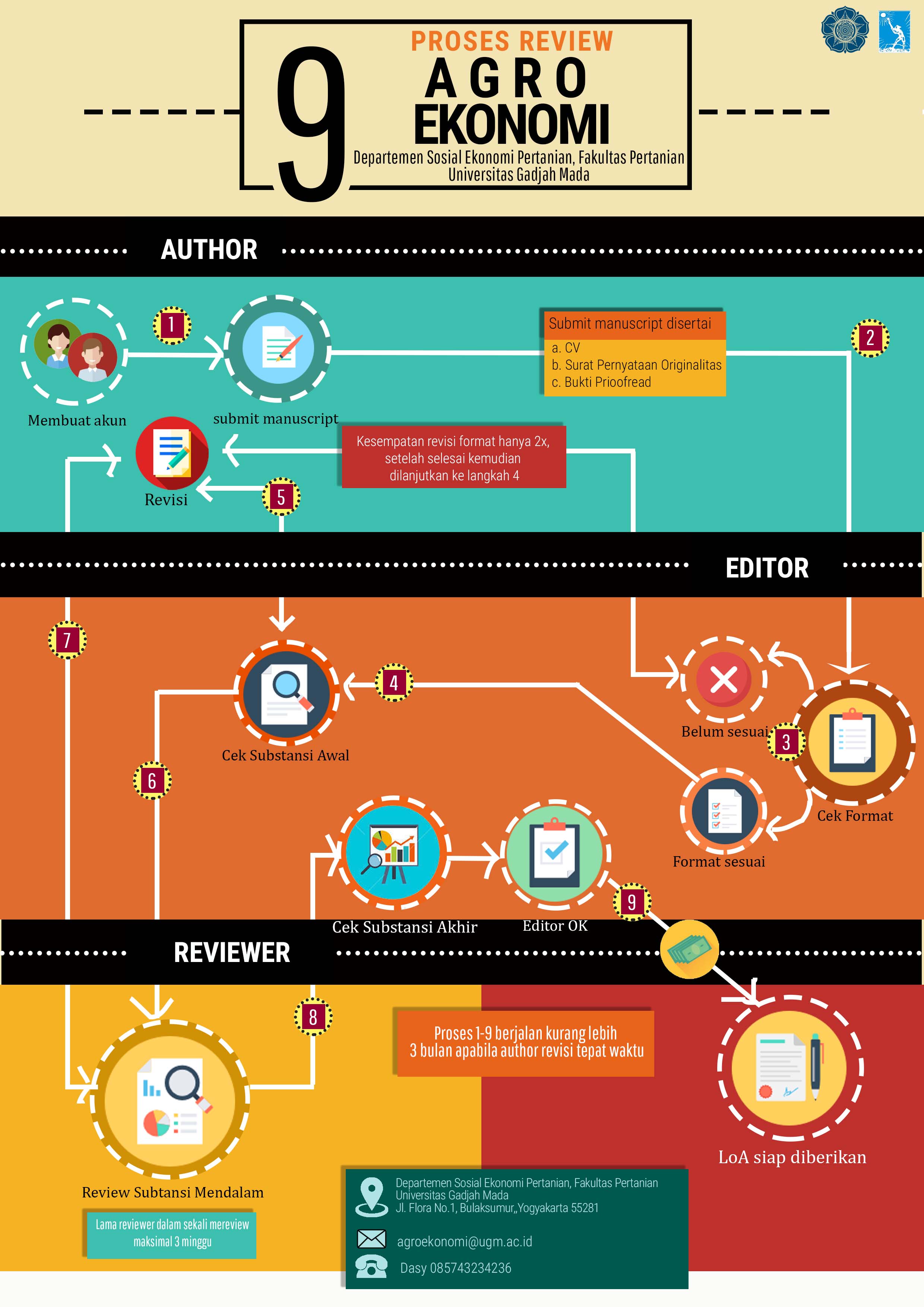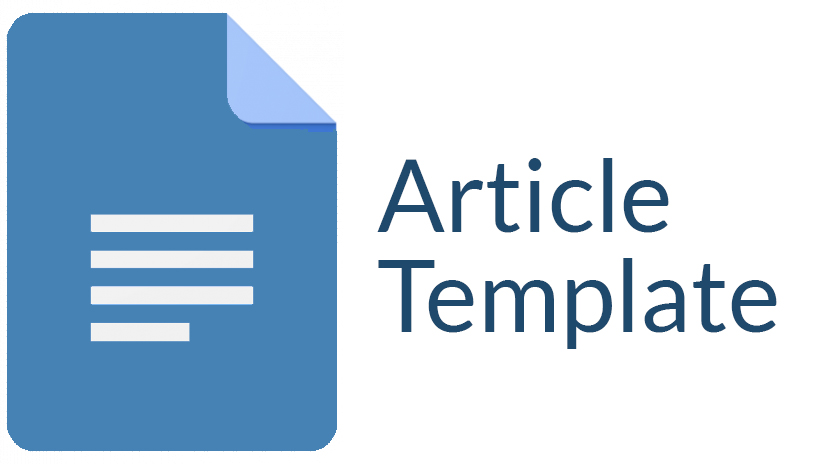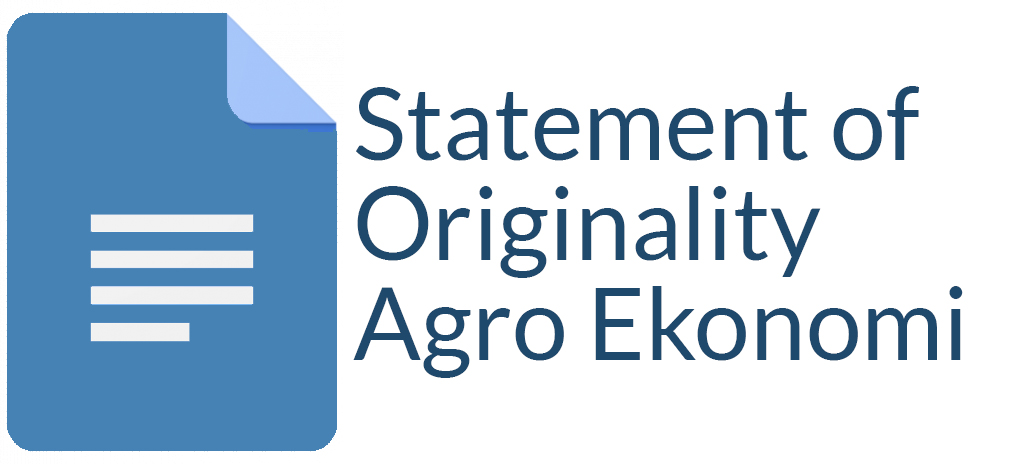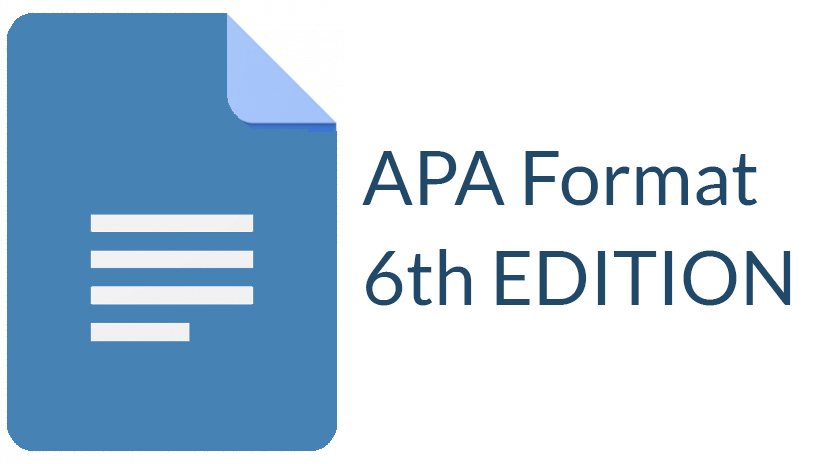The Policy Analysis Matrix in Measuring Competitiveness of Maize Farming System in Marginal Areas
Lorenta In Haryanto(1*), Masyhuri Masyhuri(2), Irham Irham(3)
(1) Master Program in Agribusiness Management, Universitas Gadjah Mada
(2) Faculty of Agriculture, Universitas Gadjah Mada
(3) Faculty of Agriculture, Universitas Gadjah Mada
(*) Corresponding Author
Abstract
Keywords
Full Text:
PDFReferences
Bowo, P. A., Nurhayati, A., & Imleesh, R. M. . (2016). Analysis of Competitiveness and Government Policy on Rice, Corn and Soybean Farming. JEJAK: Journal of Economics and Policy, 9(2), 159–169.
Central Bureau of Statistics. (2017). Statistik Daerah Kabupaten Pacitan (1101002.35). Pacitan: Pacitan Central Bureau of Statistics.
Chakrabarty, T., Akter, S., Saifullah, A. S. M., Sheikh, S., & Bhowmick, A. C. (2014). Use of Fertilizer and Pesticide for Crop Production in Agrarian Area of Tangail District, Bangladesh. Environment and Ecology Research, 2(6), 253–261.
de Freitas, J. B., Revillion, J. P. P., Belarmino, L. C., & de Lucena, L. P. (2015). Competitiveness and Efficiency of Feed Corn Agribusiness in Brazil. Custos e Agronegocio, 11(2), 299–320.
Fatubarin, A., & Olojugba, M. R. (2014). Effect of Rainfall Season on The Chemical Properties of The Soil of a Southern Guinea Savanna Ecosystem in Nigeria. Journal of Ecology and The Natural Environment, 6(4), 182–189.
Gittinger, J. P. (1986). Analisa Ekonomi Proyek-proyek Pertanian (2nd ed). Jakarta : Universitas Indonesian (UI-Press).
Harini, Purwaningsih, Y., & Cahyadin, M. (2016). Analisis Faktor Penentu Daya Saing Komoditas. Jurnal Ilmu Ekonomi Dan Pembangunan, 16(1), 65–73.
Hussein, M. H., Awad, M. M., & Abdul-Jabbar, A. S. (2017). Rainfed Farming Prospects in The Low Rainfall Zone of Northern Iraq based on Meteorological and Soil Moisture Measurements. Journal of Aridland Agriculture, 3(1), 11–17.
Lalu, M. S., & Syuryawati. (2017). Faktor-faktor yang Mempengaruhi Usahatani Jagung di Lahan Sawah dan Lahan Kering. Balai Penelitian Tanaman Serelia, 20(1), 81–90.
Mantau, Z. (2016). Daya Saing Komoditas Jagung Indonesia Menghadapi Era Masyarakat Ekonomi Asean. Jurnal Penelitian Dan Pengembangan Pertanian, 35(2), 89–97.
Masyhuri, & Fukui, S. (2002). Global Competitiveness of Indonesian Rice. Journal of Internαtionα1 Cooperation Studies, 10(2), 249–255.
Ministry of Trade. (2016). Potret Jagung Indonesia: Menuju Swasembada Tahun 2017. Badan Pengkajian dan Pengembangan Kebijakan Perdagangan Kementerian Perdagangan (Vol. 1005100000).
Nurwahidah, S., Darwanto, D. H., Masyhuri, & Waluyati, L. R. (2015). Efficiency and Competitiveness of Corn Farming in Sumbawa Regency. IOSR Journal of Agriculture and Veterinary Science Ver. I, 8(11), 2319–2372.
Ogbe, A. O., & Okoruwa, V. (2015). Competitiveness of Nigerian rice and maize production ecologies. Tropical and Subtropical Agroecosystems, 14(1), 493–500.
Paul, I. I., & Oluwasina, O. (2011). Rainfall Characteristics and Maize Yield in Kwara State , Nigeria. Indian Journal of Fundamental and Applied Life Sciences, 1(3), 60–65.
Pearson, S., Gotsch, C., & Bahri, S. (2003). Applications of the Policy Analysis Matrix in Indoneisan Agriculture (Ed 1). Jakarta: Yayasan Obor Indonesia.
Porter, M. E. (1987). Towards a Dynamic Theory of Strategy. Strategic Management Journal, 12, 107–117.
Rahman, S., Kazal, M. M. H., Begum, I. A., & Alam, M. J. (2016). Competitiveness, Profitability, Input Demand and Output Supply of Maize Production in Bangladesh. Agriculture, 6(2), 21.
Rusastra, I. W., Rachman, B., & Friyatno, S. (2004). Analisis Daya Saing dan Stuktur Proteksi Komoditas Palawija. In Prodising Efisiensi dan Daya Saing Sistem Usahatani Beberapa Komoditas Pertanian di Lahan Sawah (pp. 28–49).
Sonko, E., Tsado, D. N., Yaffa, S., Okhimamhe, A. A., & Eichie, J. (2016). Wet and Dry Season Effects on Select Soil Nutrient Contents of Upland Farms in North Bank Region of the Gambia. Open Journal of Soil Science, 6(March), 45–51.
Suhardedi, C., Darwanto, D. H., & Irham. (2017). Competitiveness Rice Farming in Sragen Regency. Agro Ekonomi, 28(1), 19–31.
Suryana, A., & Agustian, A. (2014). Analisis Dayasaing Usahatani Jagung di Indonesia. Analisis Kebijakan Pertanian, 12(2), 143–156.
Sutoro. (2015). Determinan Agronomis Produktivitas Jagung (The Agronomic Factors Determining Maize Productivity). Iptek Tanaman Pangan, 10(1), 39–46.
Tahir, A. G. (2017). Analisis Pendapatan Usahatani Jagung pada Lahan Sawah dan Tegalan di Kecamatan Ulaweng, Kabupaten Bone Sulawesi Selatan. Jurnal Galung Tropika, 6(1), 1–11.
Taufik, M., Maintang, & Nappu, M. B. (2015). Kelayakan Usahatani Jagung Di Sulawesi Selatan. Jurnal Pengkajian Dan Pengembangan Teknologi Pertanian, 18(1), 67–80.
Article Metrics
Refbacks
- There are currently no refbacks.
Copyright (c) 2018 Agro Ekonomi

This work is licensed under a Creative Commons Attribution-ShareAlike 4.0 International License.
View My Stats











